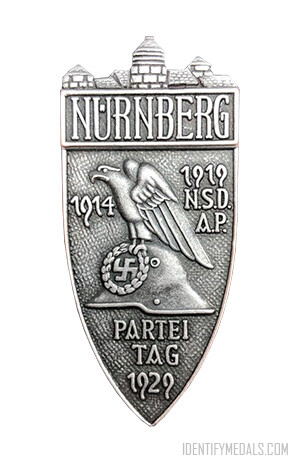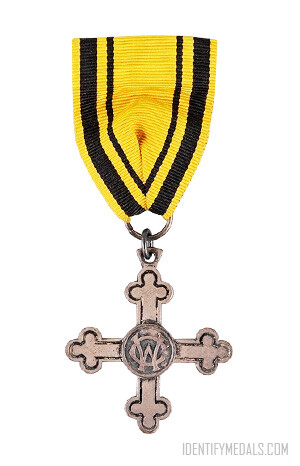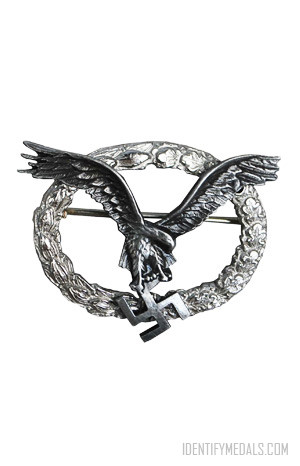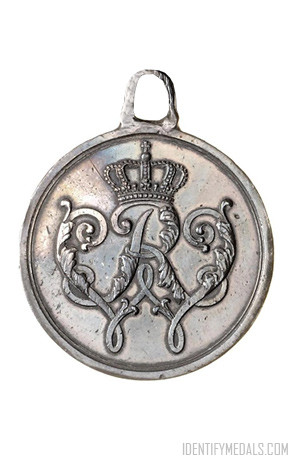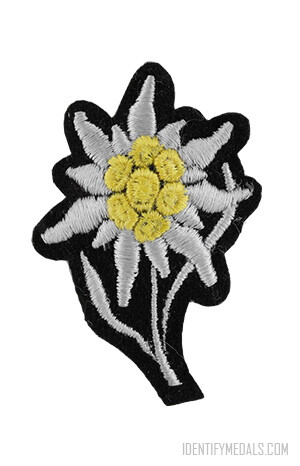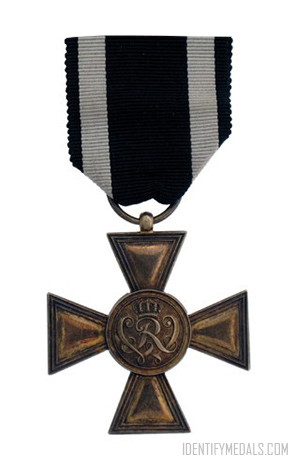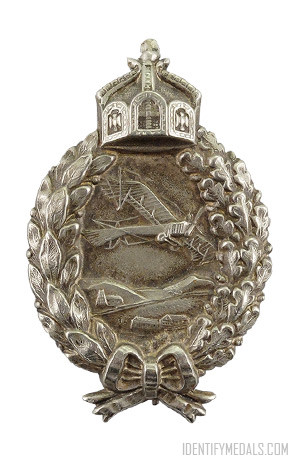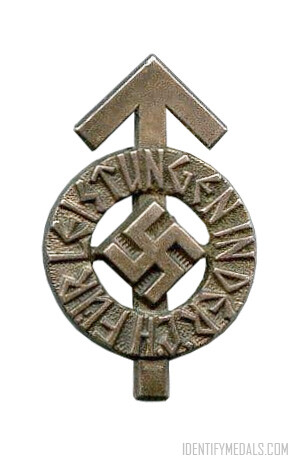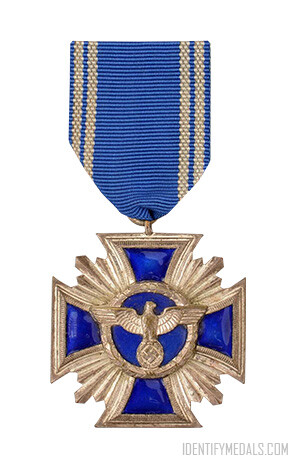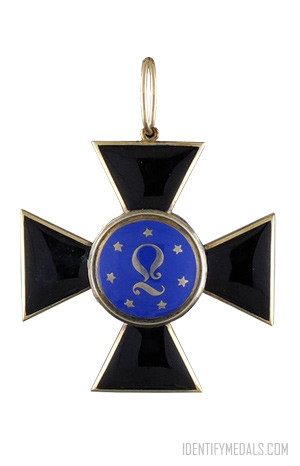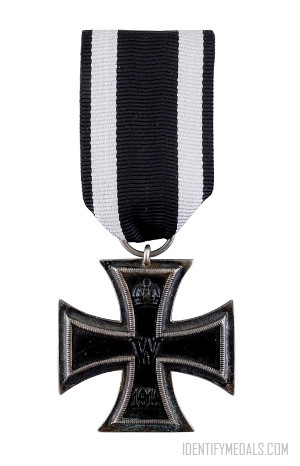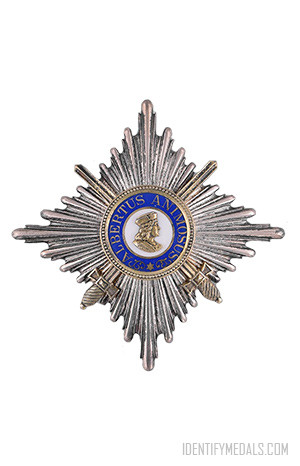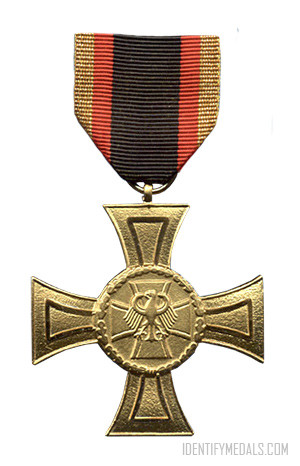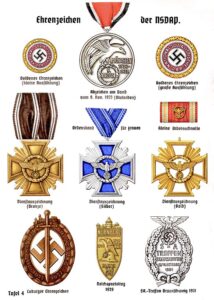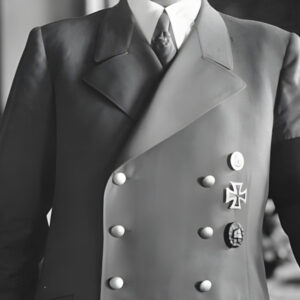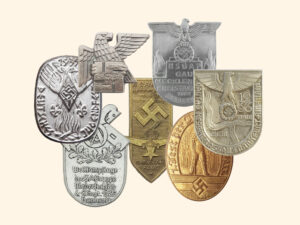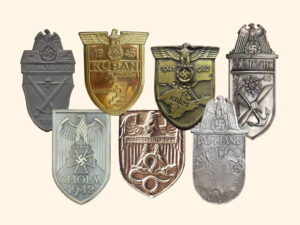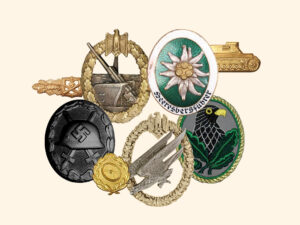- Time Period: Nazi Germany (Interwars Period, World War II)
- Institution: 6 November 1936
- Country: Germany
The Nuremberg Party Day Badge (or Das Nürnberger Parteiabzeichen von 1929 in German) was a highly esteemed political decoration within the Nazi Party (NSDAP). Recognized as the second national award of the party, it was established through regulations on November 6, 1936, to commemorate the 4th Reichsparteitag (National Party Day) held in Nuremberg from August 1-4, 1929.
Also referred to as the “1929 Nürnberg Party Badge,” this special honor badge was awarded to Nazi Party members who attended the 1929 national rally in Nuremberg. The badge symbolized the “Old Guard” and was prominently worn by high-ranking Nazi leaders, including Adolf Hitler, during subsequent rallies in Nuremberg. Permission to wear the badge was granted by the Gauleiter (Senior district leader), and the right to wear it could be revoked by Hitler or Martin Bormann, the chief of the Nazi Party Chancellery.
In a 1936 order by Hitler regarding Nazi awards, the Nuremberg Party Badge was ranked second, preceded only by the Coburg Badge and followed by the SA Rally Badge of 1931, the Golden Party Badge, and the Blood Order.
The Nuremberg Party Day Badge Design
The badge was to be worn on the left breast side of a uniform and measured 21mm wide by 48mm high. It featured the Nuremberg Castle at the top with the word “Nürnberg” underneath. An eagle perched atop a helmet was depicted in the center, with inscriptions around it reading “1914-1919” and “N.S.D.A.P. 1929 Partei Tag.”

